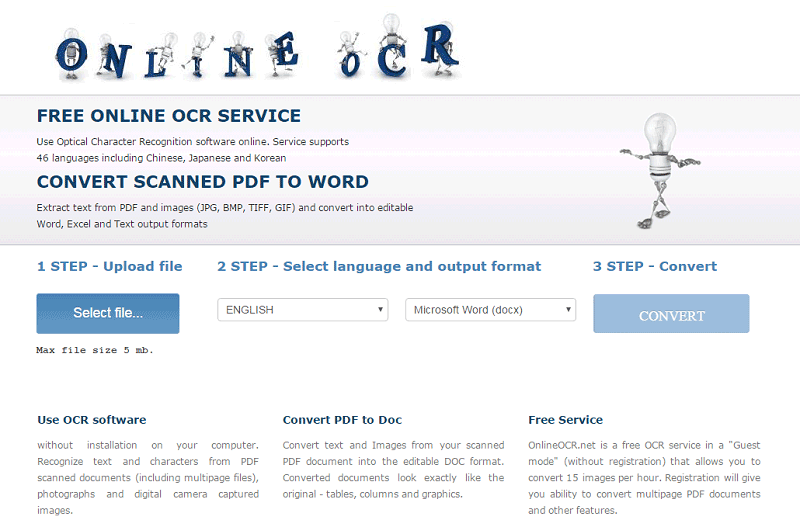



Most of these are manually processed which takes time and is error-prone. Identity documents, compliance documents, bank statements, invoices, and receipts are a few to name. Enterprises often receive crucial information in scanned and non-scanned image form. Some systems can reproduce formatted output that closely approximates the original document including images, columns, and other non-textual components as well. Advanced systems with intelligent OCR technology are capable of producing a high degree of recognition accuracy for most fonts, and with support for a variety of digital image file format inputs. OCR is still an evolving technology in the field of pattern recognition, artificial intelligence and computer vision. OCR technology is the way of digitizing printed texts so that they can be electronically edited, searched, stored more compactly, displayed on-line, and used in machine processes such as cognitive computing, machine translation, (extracted) text-to-speech, key data and text mining.
FREE TEXT SCANNER TO PDF VERIFICATION
This technology is suitable for photos of text-heavy documents and printed paper data records such as passports, invoices, bank statements, receipts, business cards, and identity verification documents. Optical character recognition or optical character reader (OCR) is the electronic or mechanical conversion of images of typed, handwritten or printed text into machine-encoded text. OCR technology comes to rescue in this situation. It can take hours to manually pull out this data and assemble it in a structured way for record-keeping and processing. The real challenge for the operation team is to be able to extract information and data from these photos. These images can be a photo of a document, scanned document, a scene-photo, or subtitle text superimposed on an image. Organizations often receive crucial information and data in image form of documents.


 0 kommentar(er)
0 kommentar(er)
